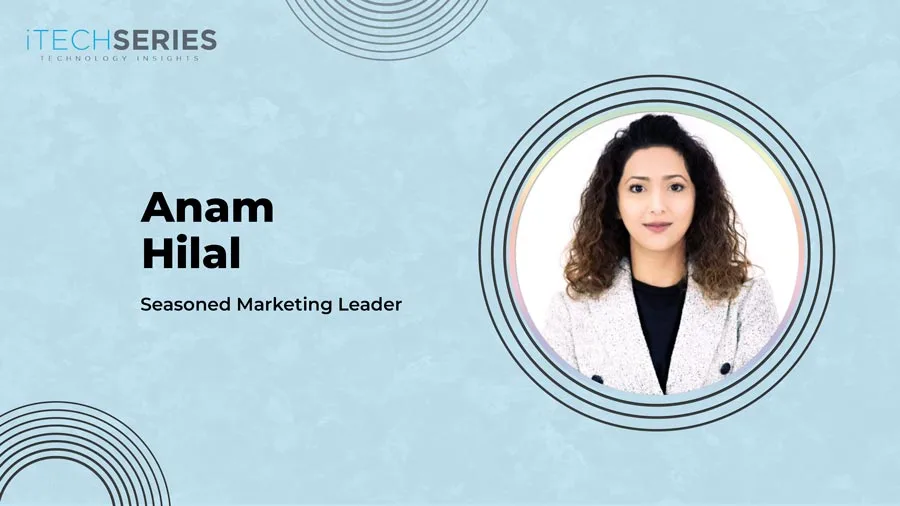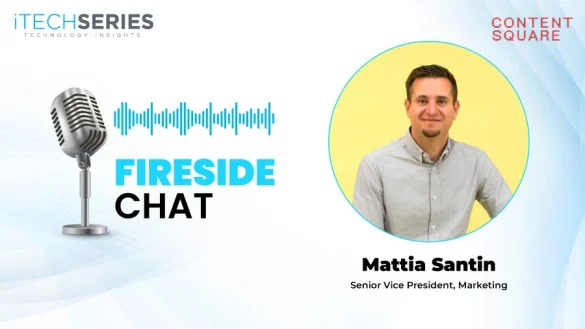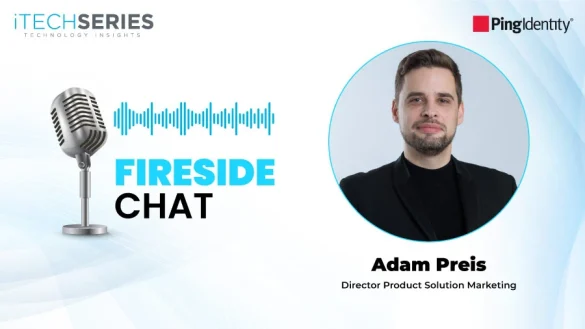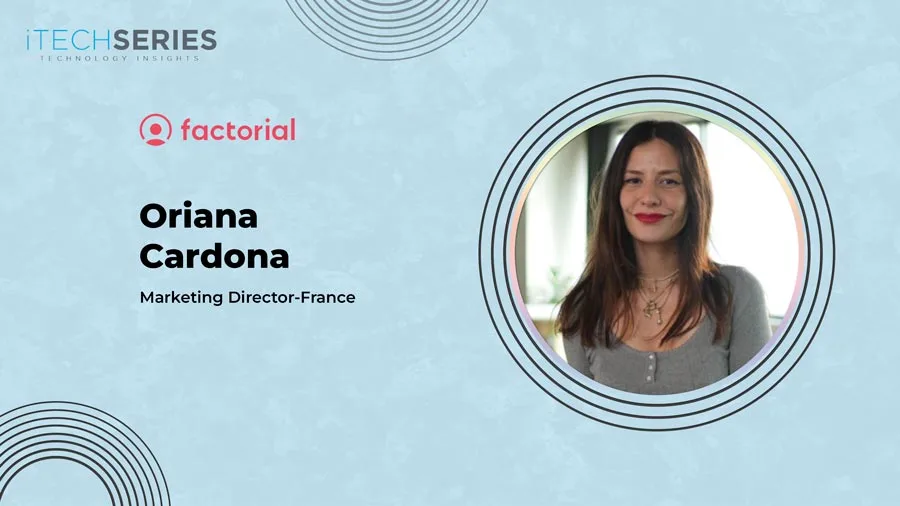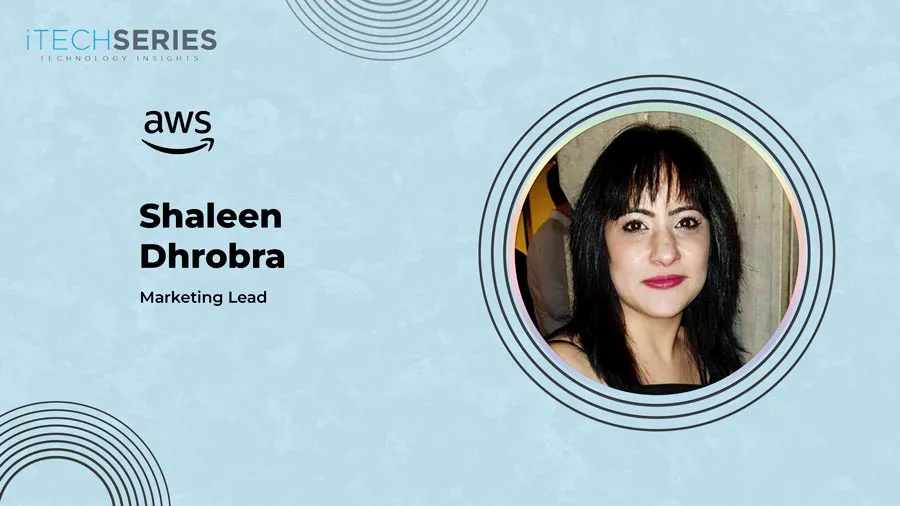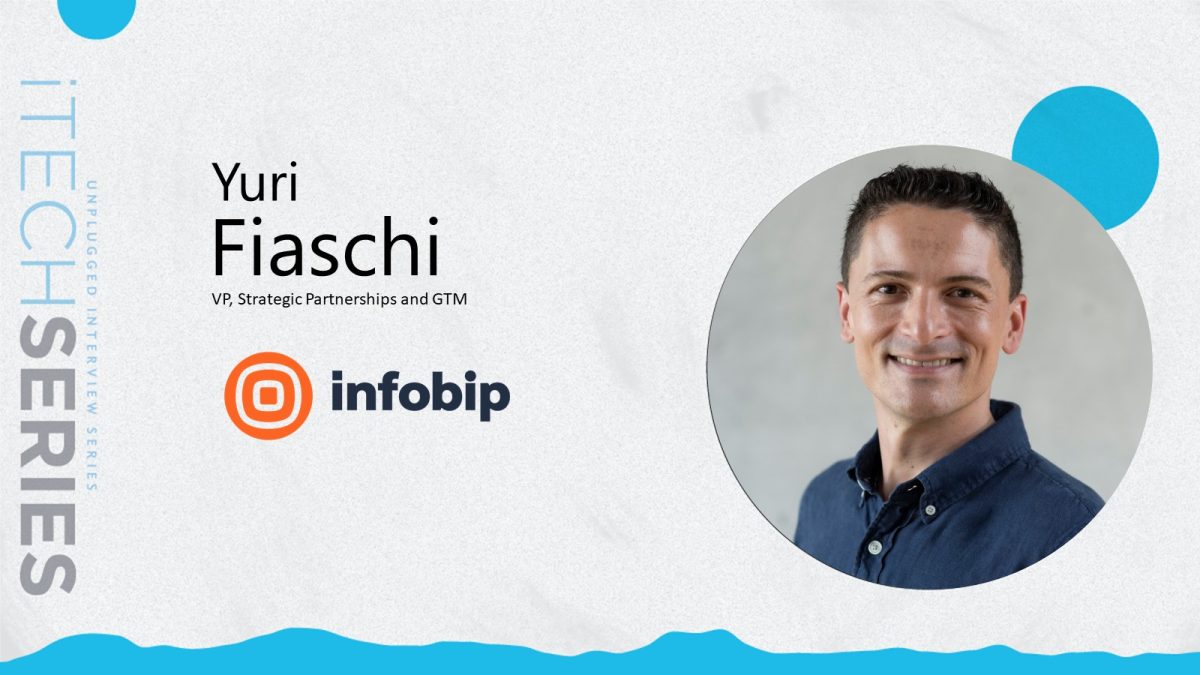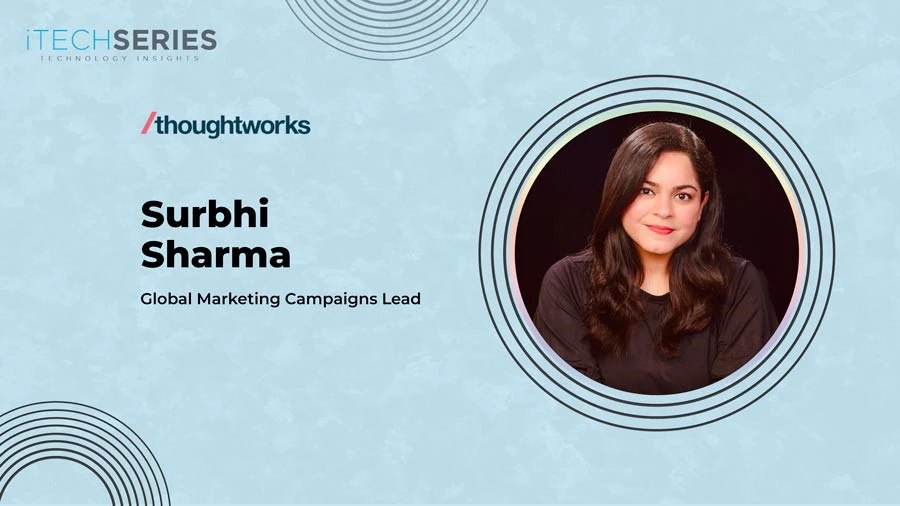Anam Hilal, a marketing leader, shares her journey from B2B event sales to leading global account-based marketing (ABM) and audience experience strategies. She dives into the art of balancing global strategy with local relevance, the power of ABM, and the critical role of audience understanding and sales alignment in driving impact.
Welcome to the interview series, Anam. Could you share your journey to becoming a marketing leader?
I’m an electrical engineering graduate, but my career began in sales, specifically selling high-ticket sponsorship packages for B2B conferences. I genuinely enjoyed the experience and brought in €126,000 in revenue within my first year. However, I was always drawn to the creative and strategic aspects of event direction and marketing, which led me to make the switch. That transition marked the beginning of my journey into marketing.
While leading B2B events, I had the opportunity to build strong relationships with clients, and two of them ended up hiring me, leading to my next two roles. These moves were pivotal, giving me the chance to broaden my scope beyond events and dive deeper into integrated marketing, campaign planning, and customer engagement.
Today, I’m a senior global marketing executive with over 14 years of experience delivering high-impact results across SaaS, enterprise B2B, infrastructure, and technology sectors. My expertise spans audience experience strategy, campaign orchestration, account-based marketing (ABM) across global regions, and end-to-end event management.
I was among the first account-based marketers in the region, leading ABM initiatives at Autodesk since 2018. Throughout my career, I’ve built and scaled audience segmentation frameworks, ABM programs, and persona-driven campaigns that deepen customer engagement, accelerate sales velocity, and directly impact revenue. I’m known for translating complex insights into clear messaging and go-to-market strategies. I’ve also consulted for early-stage startups, helping them establish their GTM foundations and digital marketing roadmaps.
From a go-to-market standpoint, what is the most significant challenge you encounter when running marketing programs in the Middle East?
One of the biggest challenges is ensuring campaigns and content are locally relevant so they truly resonate with audiences in the Middle East. This market has its own distinct nuances and complexities, and global content often fails to connect. As a result, there’s a constant need for localized use cases and regional customer references, which are not always readily available.
Additionally, while Arabic content tends to perform well in terms of engagement, the traffic-driving digital channels often fall short. Running a fully digital campaign in Arabic is challenging because these channels typically offer better measurability and ROI in other languages but don’t yield the same results in Arabic. On the other hand, traditional channels seem to perform better for Arabic content, but they lack the tracking capabilities that make it easy to measure return on investment. This disconnect makes it difficult to balance performance with accurate attribution in regional campaigns.
As a marketing leader, what is the most critical factor you prioritize when planning a marketing campaign?
The foundation of any successful campaign starts with well-defined KPIs aligned with business goals. I ensure stakeholders understand what a good outcome from the campaign looks like from the very beginning. Equally important is establishing well-defined audience segmentation supported by good data quality, as this drives all subsequent strategic decisions.
I always incorporate customer business outcomes in campaign messaging and traffic drivers for better resonance with the target audience. This customer-centric approach ensures our messaging speaks directly to their challenges and aspirations rather than just our product features.
Getting sales on board is absolutely critical to campaign success. I create comprehensive literature to support sales with lead follow-up, including competitor analysis, objection handling guides, call scripts, and email sequences to help with qualification. Moreover, I inform sales about the specific actions leads have taken and make it easier for them to track leads through tailored reports in the CRM, ensuring seamless handoff and continued nurturing.
How have you observed marketing evolve, especially in terms of its alignment with sales and customer success teams?
Marketing has undergone a major transformation with the rise of Account-Based Marketing (ABM). Previously, sales and marketing often operated in silos, but ABM has created a true partnership, where both functions collaborate closely toward shared goals. By focusing on specific accounts, sales and marketing now co-develop strategies, messaging, and tactics tailored to those accounts, resulting in a far more personalized and effective approach than traditional wide-net B2B marketing.
Measurement metrics have also evolved. Traditional KPIs like the number of leads, MQLs, SQLs, conversion rates, CPL, and CPA are now complemented by ABM-specific metrics such as account penetration, expansion, pipeline velocity, sales cycle length, and engagement quality. This shift allows for a more direct correlation between marketing efforts and revenue impact.
In the ABM model, marketing also works more closely with customer success teams to support customer retention, upselling, and cross-selling opportunities. This creates a more holistic customer journey that extends well beyond initial acquisition, which is less common in traditional B2B marketing frameworks.
What was the most interesting marketing campaign experience you’ve had?
One of the most enjoyable and impactful campaigns I led was the audience experience development for the Civil Engineering and Owners segments at Autodesk. This initiative followed the implementation of a new strategy and messaging framework and involved the creation of twelve sub-segment landing pages and eight integrated campaigns, all aligned with the refreshed messaging.
The scope of this project was extensive, but the outcomes were exceptional. The campaigns contributed over $100 million in multi-year Annual Contract Value (ACV) pipeline, achieved industry-leading click-through rates of 40% and 32%, generated over 3,000 MQLs, acquired more than 100 new accounts, added 400,000 new contacts, and saw a remarkable 1,043% quarter-over-quarter increase in unique website visitors. It was a campaign that not only delivered outstanding results but also showcased the power of strategy-driven execution. These campaigns were also recognized internally as best practices for customer outcome and value-led marketing and were presented to VP-level stakeholders.
“The foundation of any successful campaign starts with well-defined KPIs aligned with business goals.”
What emerging trends or areas in marketing are you most excited to explore in the future?
It’s an incredibly exciting time to be in marketing. One of the trends I’m most eager to explore is the integration of AI for hyper-personalization and marketing automation. By combining AI, machine learning, and data analytics, we can predict customer behavior and deliver personalized content at scale. Automating processes like segmentation and content generation frees up time and resources for strategic work.
I’m also intrigued by evolving search behaviors. Beyond traditional SEO, optimizing for voice search, mobile search, and social media SEO is becoming increasingly important. For voice search, marketers need to focus on conversational keywords and natural-language questions, such as “What’s the best CRM for small businesses?” Mobile SEO requires fast, responsive websites to accommodate on-the-go users. Social media SEO involves optimizing captions, hashtags, and profiles to increase discoverability.
Another emerging trend is the optimization of content for generative AI. As customers increasingly rely on AI assistants, like ChatGPT, Gemini, etc., for product research, marketing teams should shift their strategies to include educational and thought-leadership content on high-authority domains likely to be used to train large language models. This shift marks the beginning of search optimization evolving into LLM optimization.
Finally, video is becoming a core part of B2B marketing. It’s one of the most engaging content formats and is especially effective in explaining complex products. From explainer videos and feature walkthroughs to customer testimonials and use cases, video content helps build trust and enhance understanding, ultimately accelerating the buyer journey.
How do you motivate and support your team in reaching their marketing objectives while cultivating a culture of ongoing learning and improvement?
I believe that motivation starts with clarity. Sharing a clear vision and setting SMART goals aligned with that vision gives the team purpose and a tangible way to measure success. When team members understand what they’re working toward, they’re more inspired and empowered to achieve results.
Positive reinforcement is another cornerstone of my leadership style. Recognizing and celebrating accomplishments—whether through public praise or personalized appreciation emails—goes a long way in boosting morale. One approach that’s worked particularly well is detailing in the appreciation how an individual’s contribution positively impacted the business. Pairing recognition with small rewards has had a tangible impact on team motivation.
To foster a culture of continuous learning, I encourage team members to create individual development plans that reflect their personal aspirations. I then hold regular check-ins to track their progress, as I genuinely care about their growth and am committed to supporting their success. This approach not only supports their development but also builds trust and long-term engagement.
What makes a brand message truly compelling, and what steps do you take to maintain consistency across all marketing channels?
A truly compelling brand message starts with the “why.” I’m a strong advocate of Simon Sinek’s “Start with Why” philosophy, which highlights that the most compelling brand messages focus on the “why” behind a company, not just the “what” or “how.” By clearly communicating their purpose, brands inspire loyalty and trust, fostering a stronger emotional connection with their audience. This approach, known as the Golden Circle, emphasizes that people are more likely to buy into a company’s mission or values than just its products or services. This approach of defining the ‘what,’ the ‘why,’ and the ‘how’ also helps maintain consistency and better articulate the brand message across multiple marketing channels.
Another area where I’ve seen brands make a stronger connection with their customers is emotional marketing, where strategies use emotions—happiness, fear, nostalgia, empathy—to create a deeper relationship between consumers and brands. People rely on their emotions to make decisions. They don’t just buy products; instead, they buy experiences, feelings, and stories. Brands that successfully tap into emotions can build stronger customer relationships, increase brand loyalty, and ultimately drive higher sales. Research also demonstrates that emotions enhance memory retention. When a brand evokes an emotional response, it gets seared into memory, leading to repeat purchases and higher word-of-mouth transmission.
To maintain consistency, I ensure that messaging frameworks and tone of voice are documented and shared across teams. This allows us to deliver unified communication, whether through digital campaigns, social media, sales collateral, or customer success touchpoints, ensuring every interaction reflects the brand’s core values and identity.
About Anam Hilal
Anam is a senior global marketing executive with over 14 years of experience delivering impactful results across SaaS, enterprise B2B, infrastructure, and technology sectors. She specializes in audience experience strategy, campaign orchestration, and account-based marketing (ABM) across AMER, EMEA, and APAC. She also led global campaigns for the civil infrastructure segment, driving pipeline growth and record-breaking engagement. Anam excels at combining data, creativity, and customer insights to execute revenue-driven marketing programs.

